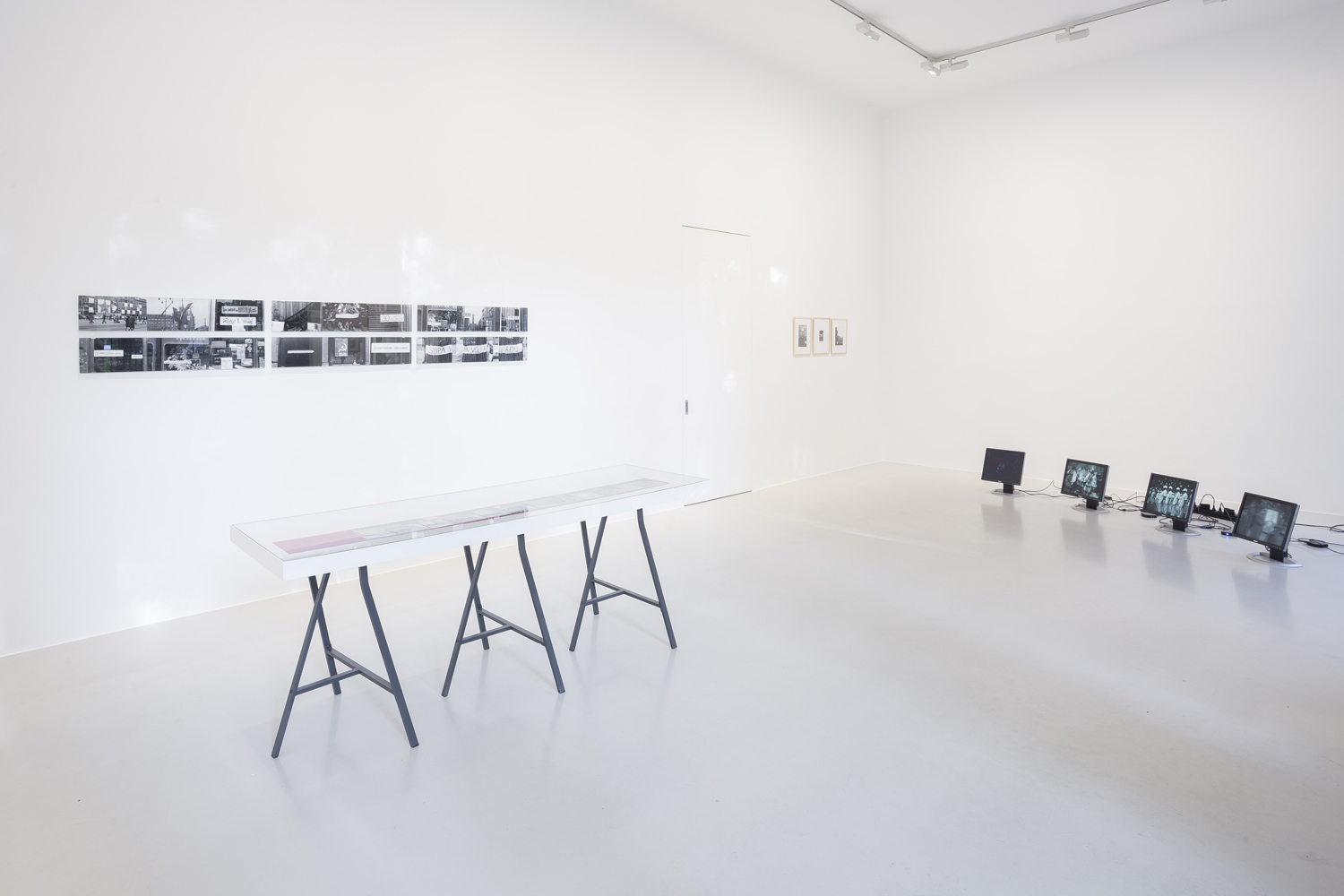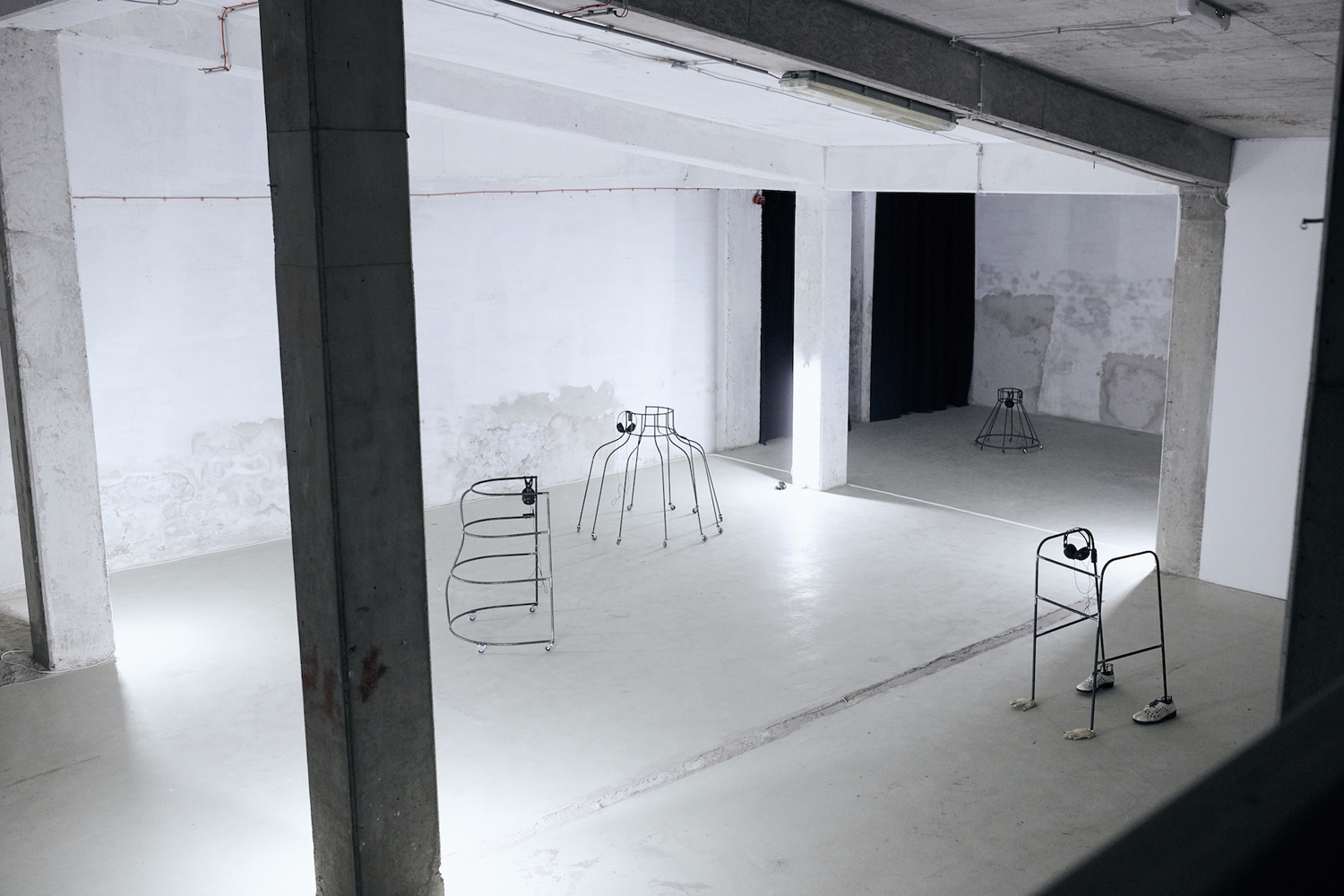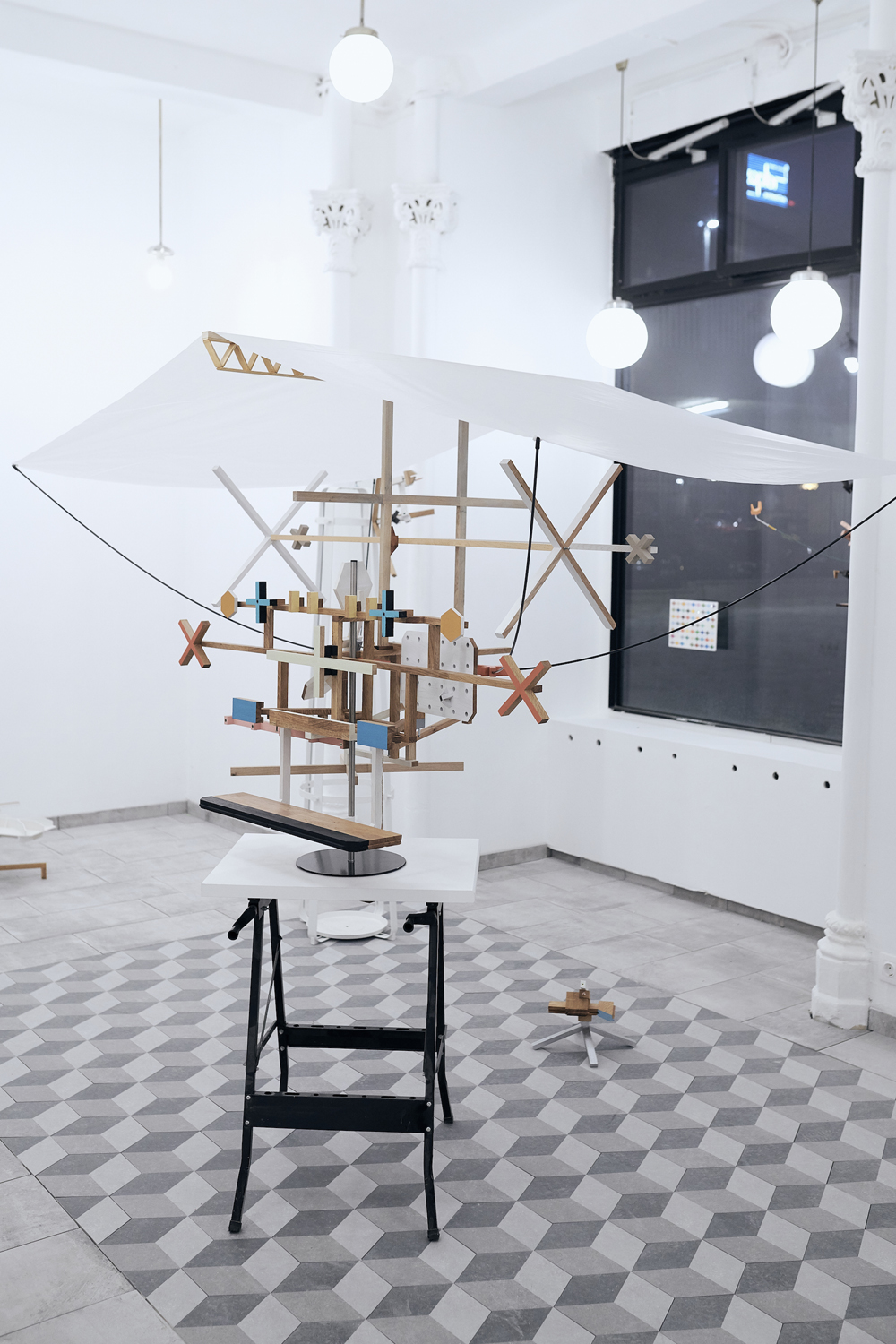OFF Biennale Budapest — New East 100
Against a growing atmosphere of cultural conservatism, the organisers of OFF Biennale are bringing Hungarian art back to life
Hajnalka Somogyi is a curator and the founder of OFF Biennale Budapest, the largest civil independent arts initiative in Hungary. Since its first edition in 2015, OFF Biennale has worked to reestablish an independent Hungarian arts scene outside of state-run institutions. Organised on a voluntary basis by a curatorial board and a long list of collaborators, the first biennale hosted 200 programmes featuring more than 350 artists in more than 100 alternative spaces. Now in its second edition, this grassroots biennale is building momentum in its struggle for a progressive contemporary art scene in the city.
Q: How did the biennale come about?
What is specific about this biennale is that it’s really grown out of the local context. That doesn’t mean it’s not aspiring to be international, but the starting point is very much the local political and social situation.
The idea came to us in 2013, the third year of the current Fidesz government. By that time, their cultural agenda had become very clear, with a harsh restructuring of art institutions and funding systems. Our first reaction, of course, was to protest. We staged actions, sit-ins and performances, wrote open letters and statements. But by the end of 2013, this energy was dying out; many people felt frustrated about the lack of dialogue with a government which was not responding to anything we initiated. For me, the question became about how to activate the scene.
At the time, there was an official announcement that the government was organising a Budapest Biennale. We decided that if there was to be a biennale in Hungary, it should be ours.
There were about 25 of us; later, this would be 600. I proposed that we organised a grassroots biennale that would take the form of an umbrella for independent projects happening in Budapest and beyond, initiated by the Hungarian independent arts scene. It was a way to coordinate our activities and start working together, forming new alliances and practising collaboration on a large scale.
It was important to us not to apply to the Hungarian state for funding and to stay outside of the institutional system entirely. In Hungary there is no viable alternative to state funding in the arts; there are no private institutions or foundations, and even the weak commercial sector is supported by the state. So we had no funding, but we thought about what we did have — a network. You either have these connections or you don’t, it’s not something you can buy. So we started from there.
Q: Did anything of its kind exist before in Hungary?
There have always been people working on their own or groups working in temporary spaces, but not on this scale. The first biennale turned out to be really big. Over 16 months, we put together almost 200 programmes in 100 venues, mostly in Budapest but also other cities in Hungary. The idea was to bring together existing practices to create a network that didn’t exist before. As a result of government policy, the art scene was very scattered, with lots of small groups of people trying to create projects with very little visibility beyond themselves. This was my main motivation in calling it a Biennale. Immediately, that creates interest. We had huge coverage in the mainstream Hungarian press, of the sort we’d never get otherwise. The civic story, that a certain scene was able to get its act together and do something in this situation, became a very strong one in the media.
Q: What has changed since the first biennale?
We saw the first biennale as a demonstration; people brought whatever they had, and it was organised in a very short time, like a campaign. For the second edition, we’ve concentrated on certain issues and developing a thematic framework. We’ve used much of the money to support the production of new work by Hungarian artists, because this is something that is not really happening. The way things are with institutions in Hungary, progressive or critical artists don’t really have the opportunity to produce work.
The title of this edition is Gaudiopolis 2017, which refers to a children’s republic founded by a Lutheran pastor, Gábor Sztehlo, in Budapest after World War II. Sztehlo set up an orphanage for Jewish children and those from many different religious and social backgrounds. He encouraged them to create their own republic, a micro-utopia with a parliament and ministers, laws, teachers and even their own money. For us this story became very important as a part of our history which is not widely known about. It’s not how we tend to think about the years after World War II; the Communist takeover in ’48 overshadows everything that happened in between.
Gaudiopolis encompasses many of the ideas and values we talk about today. The figure of the founder, Gabor, embodied this ideal of civic courage and personal commitment, of taking responsibility in a situation of crisis in which there are no prescribed rules telling you how to behave, or when you believe that these rules should no longer apply to you. That became very important for us, but also the role of education and art in reimagining democracy. The story of Gaudiopolis works for us as an instance in history but also as a metaphor.
Q: What are some highlights of this year’s programme?
What I call the “spiritual centre” of the biennale is a research exhibition organised in collaboration with the Open Society Archives. We worked with the Hungarian Society of Pedagogy, the Lutheran Church and even a children’s home to present the story of the historical Gaudiopolis and put it into context. In part, the exhibition presents the political and intellectual context of the post-war years in Hungary, a very interesting period in which there were intense discussions about how to rebuild the country and reinstate democracy. These experimental theories and social experiments provided the context for Gaudiopolis. The exhibition also includes an installation designed by the Architecture Uncomfortable Workshop, which worked with children to reenact certain elements of the republic.
Part of the programme is curated by the curatorial board, but the majority of the projects have arisen from an open call, so were initiated and organised by other people. There are exhibitions that touch upon issues like the role of education in democratic societies or the question of nationalism. There are things happening on the street and in public space. There is a workshop with Romanian choreographer Manuel Pelmuş that reenacts the values represented by public monuments.
Some of the projects take in the art of the 1970s, which is really interesting. Suddenly this period has become very relevant, not only because of a growing interest in the Central European avant-garde, but because of the similarity in the political situation [between then and now]. The street actions by eastern European artists in the 70s have become very relevant for the OFF Biennale in the way we work outside the institutional system. Working on the street and in private apartments as a form of demonstration is something that already happened 40 years ago on in Budapest and Prague and Warsaw. So there’s an interesting resonance.
Text: Hannah Zafiropoulos


